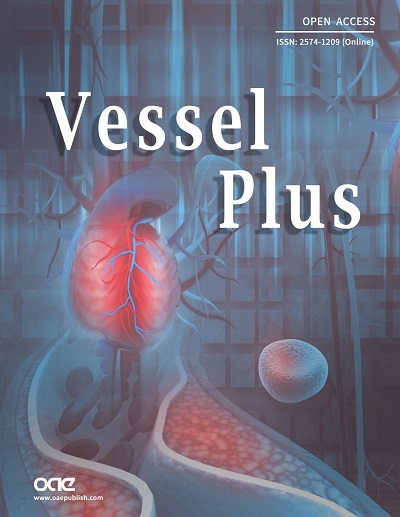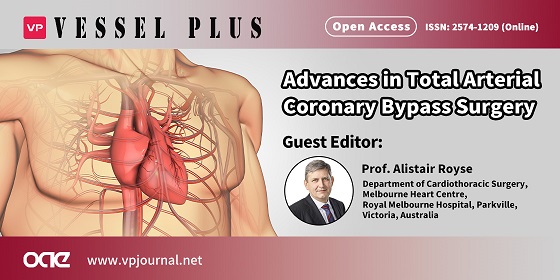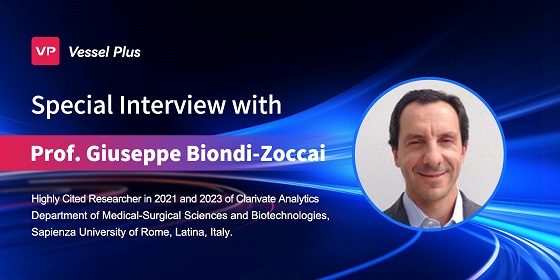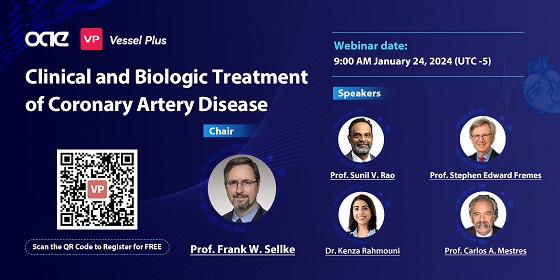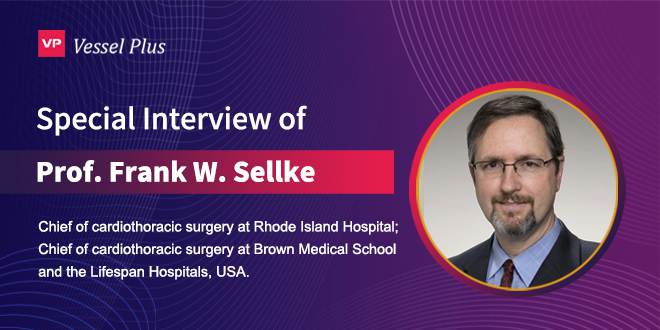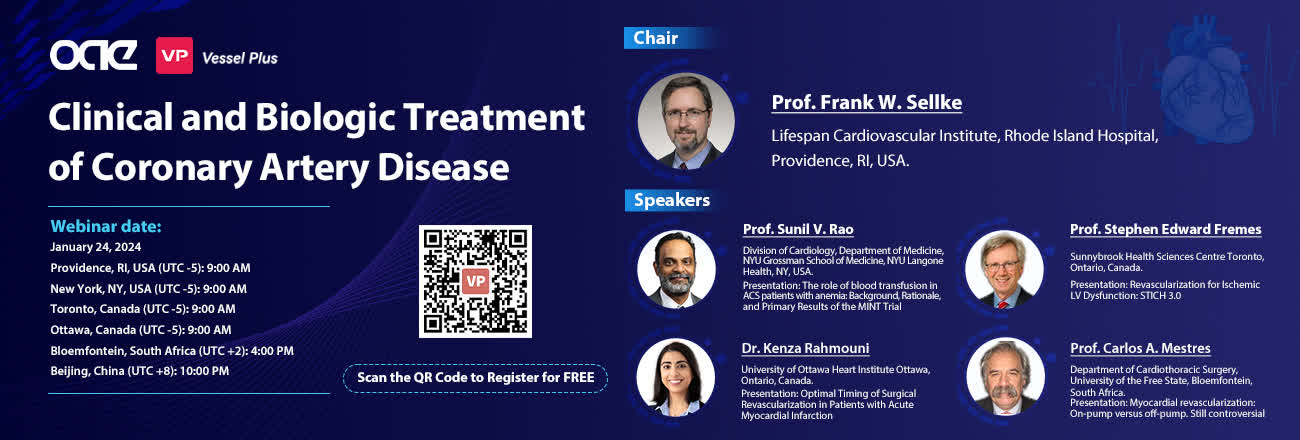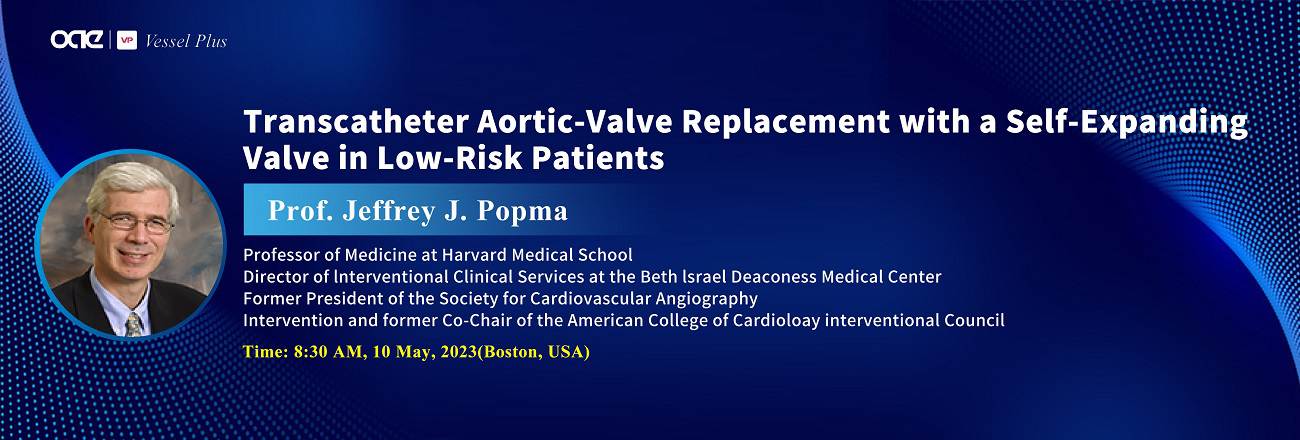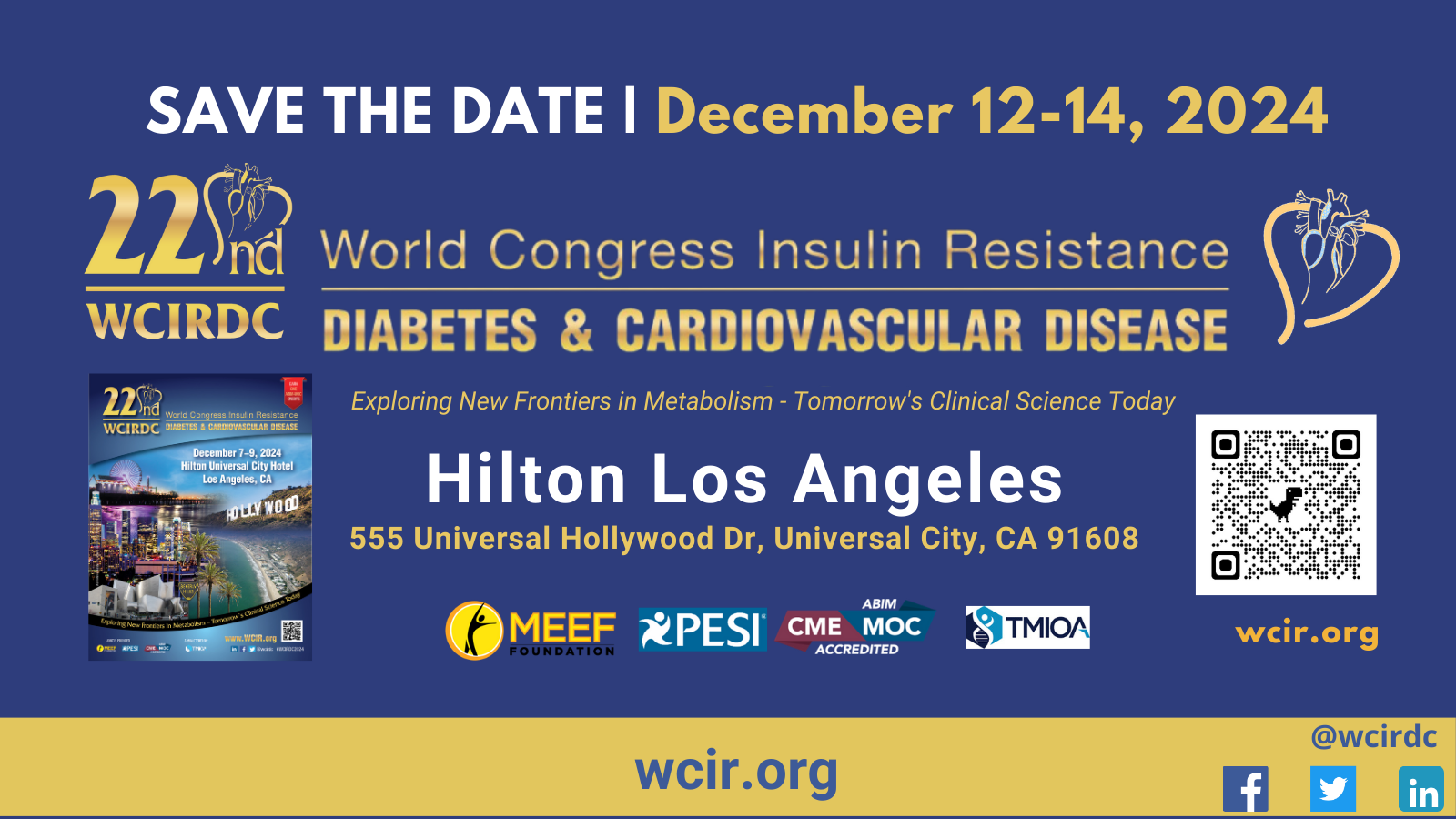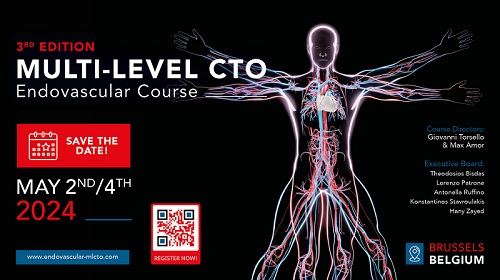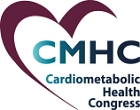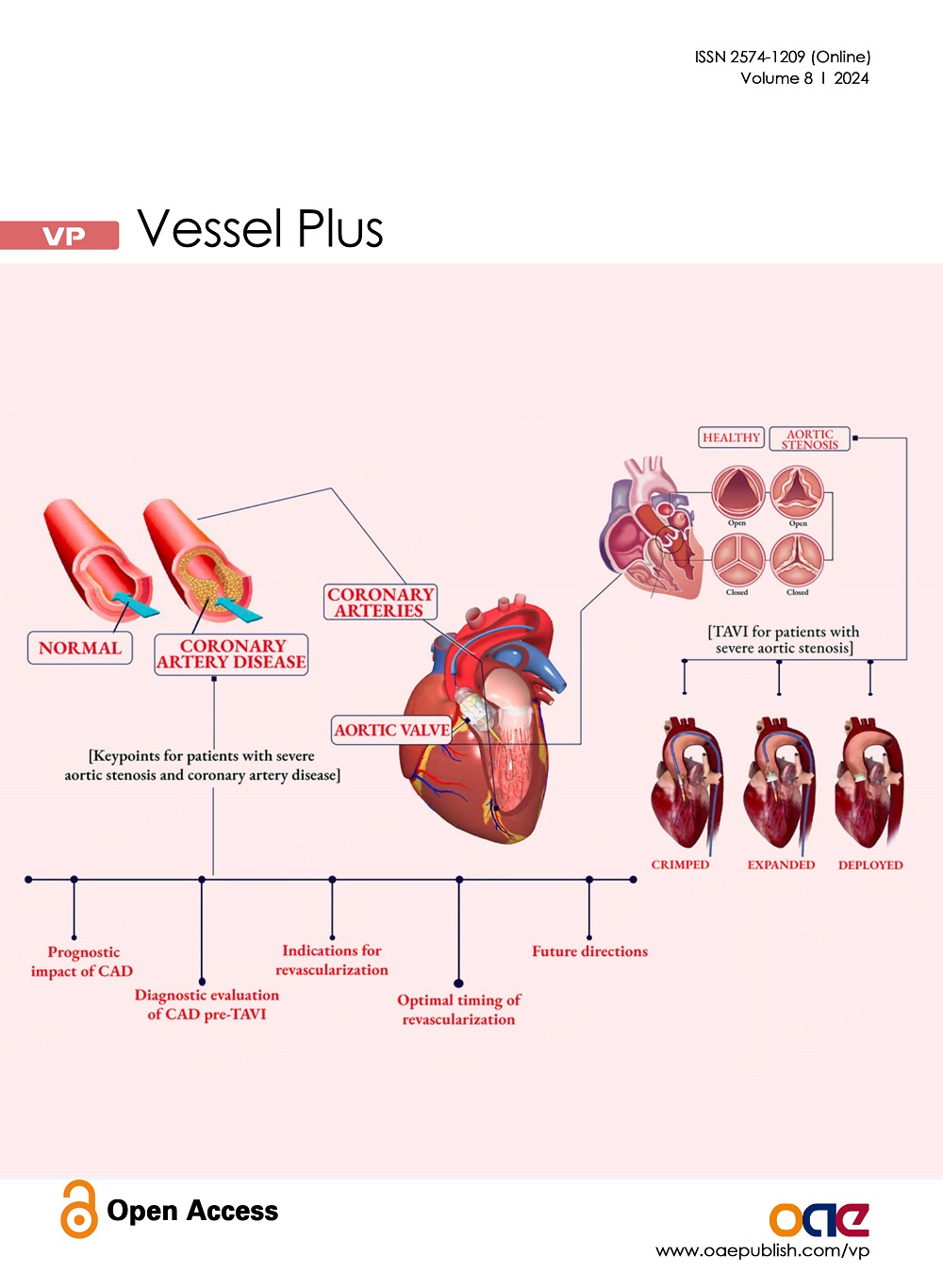Vessel Plus
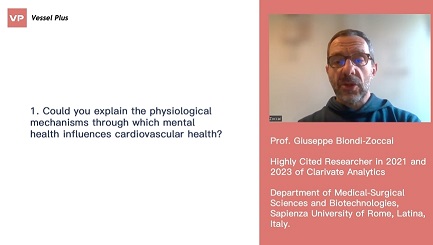
Special Interview with Prof. Giuseppe Biondi-Zoccai
NaN
Views: Downloads:
Abdominal involvement as a primary manifestation of systemic or isolated gastrointestinal vasculitis
Views: Downloads:
Views: Downloads:
Views: Downloads:
Views: Downloads:
Views: Downloads:
Views: Downloads:
Views: Downloads:

Data
1661
Authors
718
Reviewers
2017
Published Since
1,683,148
Article Views
270,245
Article Downloads
For Reviewers
For Readers
Add your e-mail address to receive forthcoming Issues of this journal:
Themed Collections

Special Interview with Prof. Giuseppe Biondi-Zoccai
NaN

Data
1661
Authors
718
Reviewers
2017
Published Since
1,683,148
Article Views
270,245
Article Downloads


